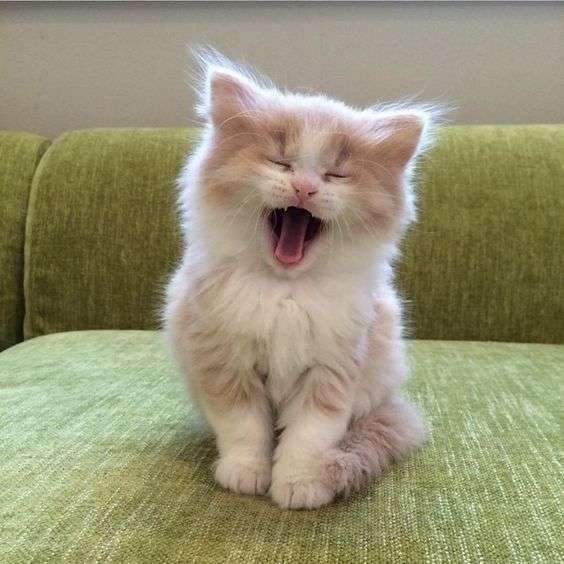Understanding Cats Body Languages

As cat owners, we should understand our fur babies’ body languages. Since they can’t communicate with us through speaking, they are expressing themselves through body language. Their tail, eyes, and ears. Learning to interpret them will make us understand their emotions and needs. This will strengthen our bonds with them.

Tails
One of the most common ways cats communicate is through their tail. A tail held high is a sign of happiness, while a low or tucked tail suggests fear or anxiety. If a cat’s tail is twitching rapidly, it may be a sign of agitation or excitement. Meanwhile, a slowly waving tail can indicate curiosity or alertness.
Ears
Cats’ ears can also give us clues about their moods. When a cat’s ears are pointed forward, it’s typically a sign of attentiveness or interest. If the ears are flat against the head, it may indicate fear or aggression. Half-flat ears may mean the cat is feeling cautious or unsure.
Eyes
When a cat is relaxed and content, its eyes are widely opened. Their pupils are neither constricted nor dilated. If they are dilated, it might mean that the cat is in fear or is aggressive. Slow blinking is a sign of trust and affection. If a cat blinks at you, this means that they are comfortable and happy with your presence.

Posture
Cats also communicate through their body posture. When a cat is feeling confident and assertive, it will stand tall and puff out its chest. On the other hand, if a cat is feeling defensive or scared, it will crouch down low to the ground with its ears flattened against its head. A relaxed and comfortable cat will often lie on its back, exposing its belly.
By paying attention to their body language, we can understand their needs and feelings. This will help us in becoming better fur parents.
Joshua enjoys writing about random topics to pass the time when he is bored. As a foodie, he also writes food critiques about unusual foods with unusual combinations that make you want to throw up. He enjoys watching movies and listening to music. He has an odd talent: he can vomit on command.






